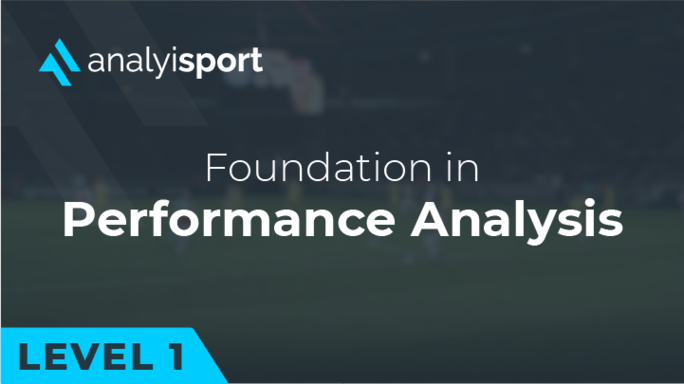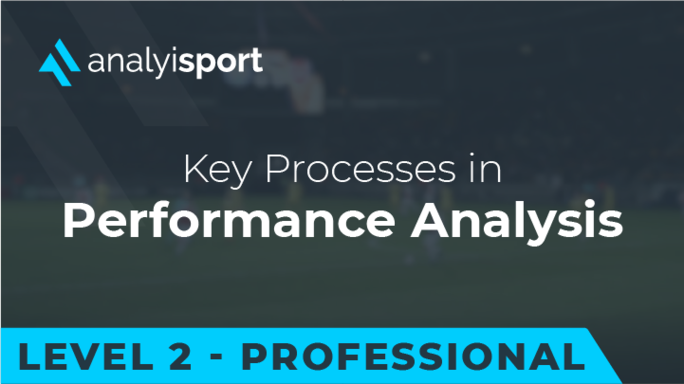How Is Data Used in the MLS?
The USA is the home of data in sport. In baseball, stats such as batting averages were first collected as long ago as the 19th century and more recently Billy Beane’s data-driven ‘Moneyball’ approach to managing the Oakland A’s has been the subject of a best-selling book and a Hollywood movie. In American football, player and team stats were recorded and analysed back at the first Super Bowl in 1967. Statistics have been important in American sport decades before European teams began to see the potential of using data analysis. As the rest of the world follows suit, the USA continues to innovate. In the NBA, data analysis is currently transforming the way basketball is played.
For a long time it was thought that soccer was too complex for data analysis. A sport like baseball is made up of discrete events, such as hits and runs, which can be easily quantified. Soccer is a lot more fluid with 22 players constantly in motion. Now, that view is starting to change. Modern technology has made it easier to collect complex data during soccer matches and clubs around the world, both big and small, are investing in data analysis.
During that time, soccer has started to flourish in America. The MLS (Major League Soccer) has grown considerably since the competition began in 1993. More clubs have joined, ticket sales have increased rapidly, and the league has attracted the involvement of stars such as David Beckham, who played for LA Galaxy and currently owns Inter Miami.
Data was not a major part of the MLS at the beginning. When it began, the technology was still not available for in-depth analysis. As that changed, clubs started to embrace the data analysis revolution.
MLS Teams Using Data
Vahe Tanielian, Director of Data Analytics at Real Salt Lake, joined the club in 2016 after working for Goldman Sachs. He had supported the club since they were formed in 2004. Although he hadn’t previously worked in soccer, during his time in college Tanielian had created a model to measure player value which he showed to the owner of Real Salt Lake before he was hired.
‘There was no prior data analyst or data analytics department, there wasn’t anything like that when I joined,’ he has said. ‘It was really a new trail we were blazing at the time.’
Real Salt Lake aren’t the only team to have started using data. The San Jose Earthquakes are based in the heart of Silicon Valley in California. Major tech companies such as eBay, Hewlett Packard and Zoom have headquarters in the city and the club play at PayPal Park, named after another of the city’s resident tech giants. Considering their location, it is no surprise that the San Jose Earthquakes are one of the trailblazers of data analysis in the MLS.
The club’s General Manager (similar to the role of Sporting Director in European soccer) is the Italian Jesse Fioranelli, who has previously worked in his home country as Head of Analysis at Lazio. He joined the American club in January 2017. A few months later, the club announced a partnership with Second Spectrum, using the company’s player tracking system and artificial intelligence to analyse performance data.
‘What the technology allows us to do is teach a machine how to read the game the way a coach does and helps players and coaches identify the game objectives that we want to stand for, in real-time,’ explained Fioranelli. ‘It is a groundbreaking technology that has already made an impact in basketball and I’m sure will do the same in football, initially for the first team, and in due time also for our youth academy.’
The potential that data offers for reading the game in detail is important. ‘Research shows when a coach watches a soccer game, they only retain about 15% of what they saw, and that is usually going to be the very good or very bad,’ says Lucy Rushton, General Manager and Head of Technical Recruitment and Analysis at D. C. United. ‘So, we want to help paint the whole picture.’
Like Fioranelli, Rushton started her career in Europe, working as an analyst for Watford and Reading before moving to the MLS to join Atlanta United. The MLS has a salary cap and a limited number of international roster slots for non-domestic transfers, meaning that data analysis is extra important when it comes to player recruitment: ‘We can’t just go spend £10-15 million on each player,’ Rushton has sad. ‘We have to be a bit more clever in how we do things.’
Soccer Hackathon
As data analysis increases in soccer, soccer clubs and organisations in America have started to reach out more to the data analytics community. In July 2018, U.S. Soccer, the sport’s governing body in the USA, hosted its inaugural Soccer Hackathon in Chicago. Teams of data scientists, engineers and developers raced against the clock to build analytic software using data provided by Opta.
‘This is about developing and sharing new ideas to challenge how we measure and present what happens on and off the field,’ explained Ross Moses, host of the event. ‘There’s a lot of undiscovered territory in soccer analytics, obviously more so than sports like baseball and basketball. So, we’re going to democratize the data for 24 hours and let those smart folks try to hack some ideas and problems in and around the sport.’
The winners, Nottingham Random Forest, created software that models players’ decision making process in order to better understand player behaviour on the pitch. Bringing data analysts together has also appealed to MLS clubs. The following year, the Seattle Sounders hosted their first analytics conference.
Data for MLS Fans
Following in the footsteps of the San Jose Earthquakes, the MLS announced that Second Spectrum had become their official player tracking data provider. Second Spectrum have installed optical tracking systems in every stadium to record the location of the ball and every player on the pitch 25 times per second. This data is then used to calculate statistics for each player, such as their speed, acceleration and shot velocity, as well as being used for advanced metrics such as expected goals (xG). As part of the deal, visualizations of the data are available for fans via MLSsoccer.com and the official MLS app. Second Spectrum also provide data to the analysts and data scientists at MLS clubs and to broadcasters.
This emphasis on making data available to fans as well as clubs is important. ‘Along with Second Spectrum, MLS will deliver an enhanced new fan experience,’ Chris Schlosser, Senior Vice President of Media at MLS has explained, ‘bringing innovation to MLS content, while providing MLS clubs and technical staff with new tools to enhance player performance.’
In a country which has long been interested in sports statistics, data is as much for the fans as it is for the professional analysts.
Image Credit: yan4ik – stock.adobe.com
Related Courses:
Share this article
Our Learning Pathways
AnalyiSport is for everyone who is passionate about analysis in football. Where are you in your development journey?
Become a Football Scout
As more clubs than ever look to build data into their recruitment process, an understanding of recruitment analysis is your ticket to success in the game.
Related Articles
Our team provides news and insights from the cutting edge of football analysis.







